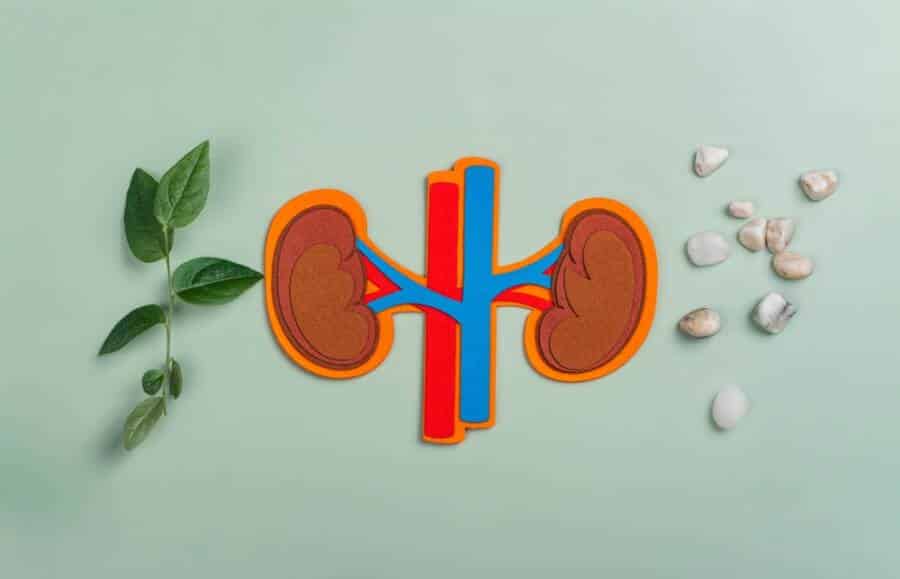
Are You a Mosquito Magnet? Here Are 9 Interesting Reasons Why
Could you be a mosquito magnet? Unfortunately, yes! You sit comfortably in your bed, cozy in your sheets, ready to fall asleep, when suddenly you

Could you be a mosquito magnet? Unfortunately, yes! You sit comfortably in your bed, cozy in your sheets, ready to fall asleep, when suddenly you

Do you know these tricks you can use to lower your blood sugar? Right now, there are over 96 million adults who have prediabetes in

Mild autism, or a high-functioning type, can be difficult to identify because of the subtle symptoms experienced by both loved ones and professionals. They can

Did you know about all these fantastic beetroot benefits? If you’re looking for something low in calories but high in nutrients, look no further than

These Medicare secrets might help you understand the program better! Since 1965, when Medicare was officially introduced, it has helped hundreds of millions of Americans

If you have diabetes, then you must know how important it is to reduce blood sugar when it gets way too high, a phenomenon also

Did you know that your daily supplements can turn into harmful vitamins? Nowadays, everything from orange juice to bottled water has high levels of vitamins

Are you feeling dizzy often? Of course, the proper advice would be to go to a doctor. Meanwhile, you can get informed on some health

These are some of the best natural kidney stone remedies! You sure know the stories about how painful kidney stones are. Hopefully, there are a
IndulgingHealth.com is a participant in the Amazon Services LLC Associates Program, an affiliate advertising program designed to provide a means for sites to earn advertising fees by advertising and linking to Amazon.com. *Amazon and the Amazon logo are trademarks of Amazon.com, Inc., or its affiliates. Additionally, IndulgingHealth.com participates in various other affiliate programs, and we sometimes get a commission through purchases made through our links.